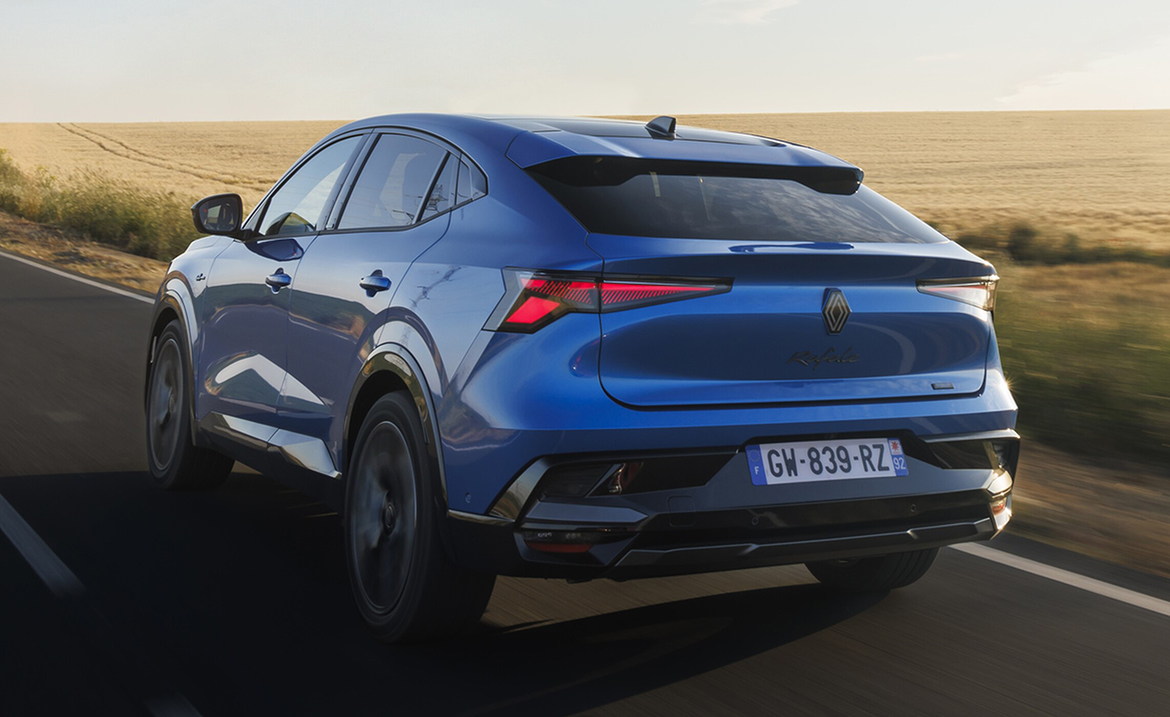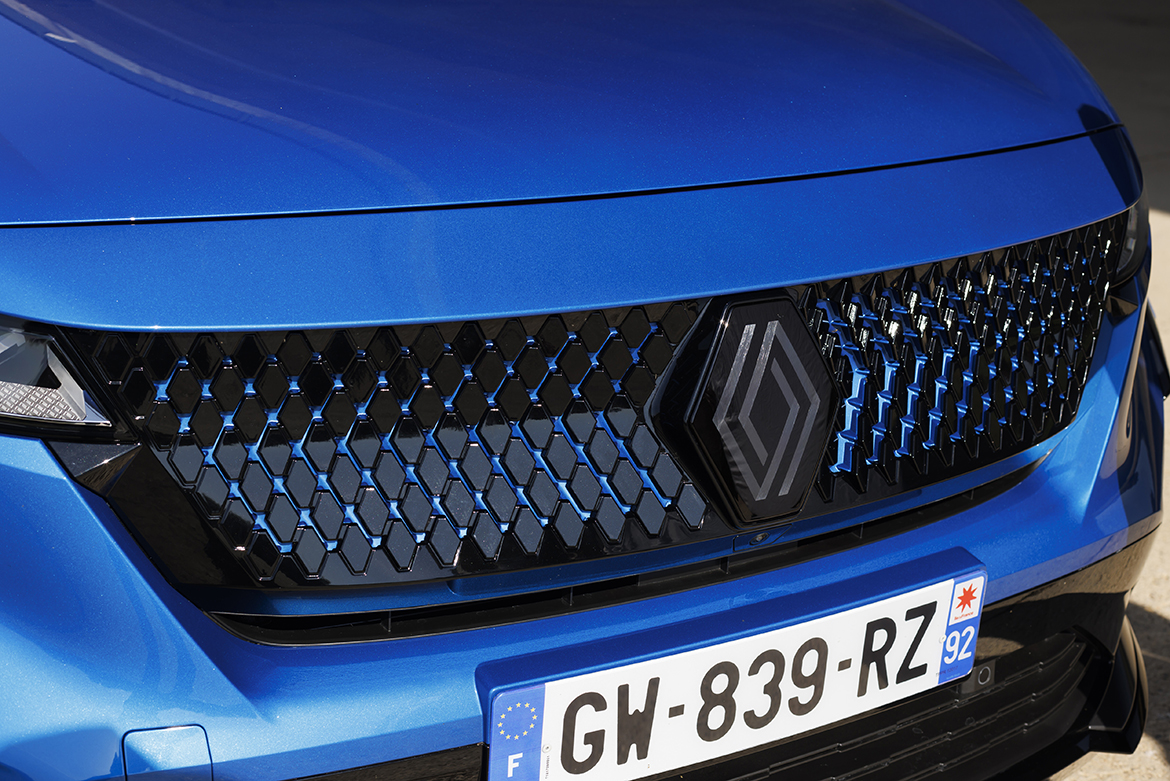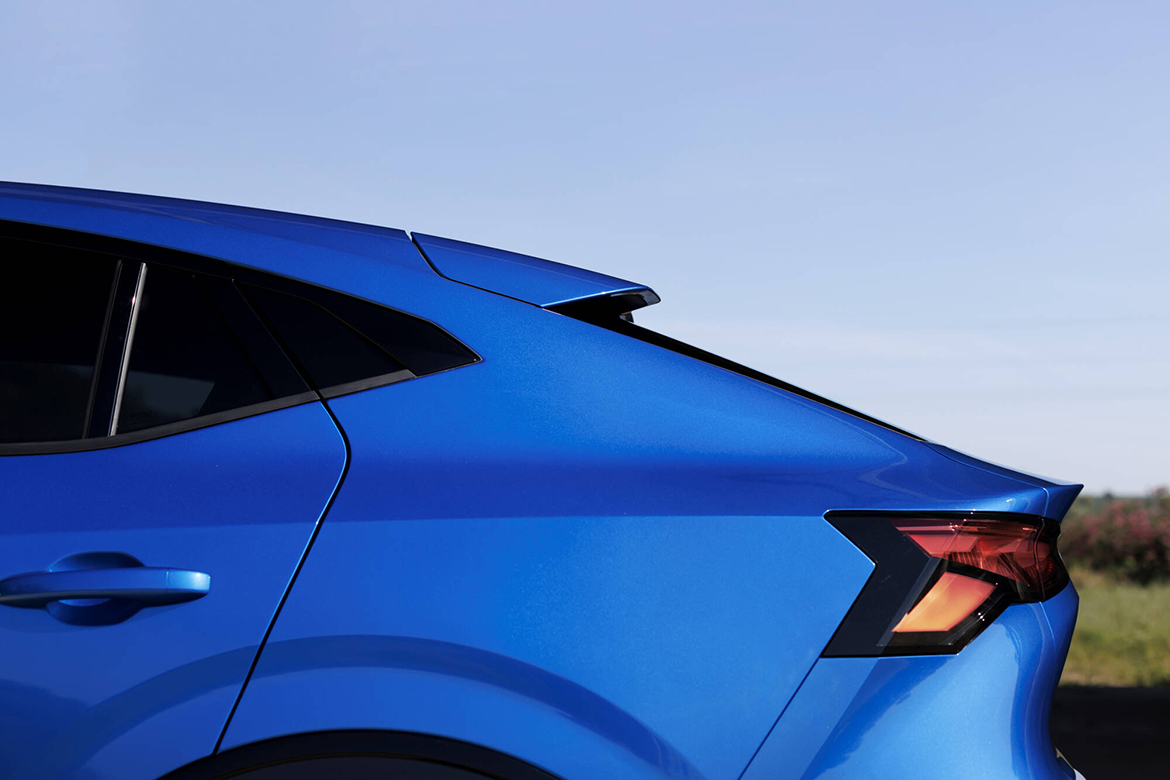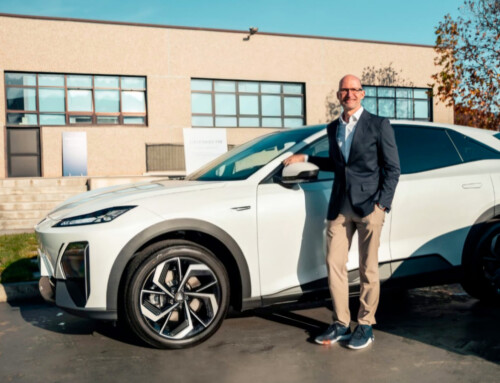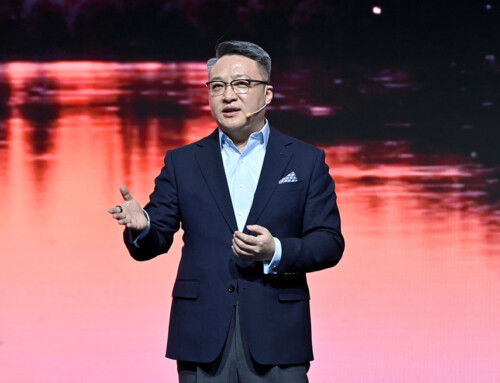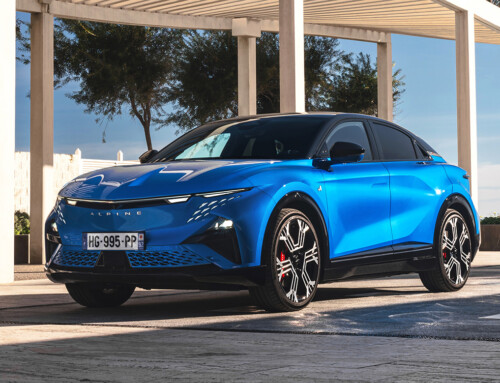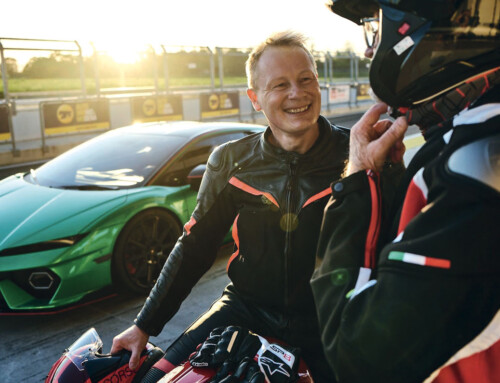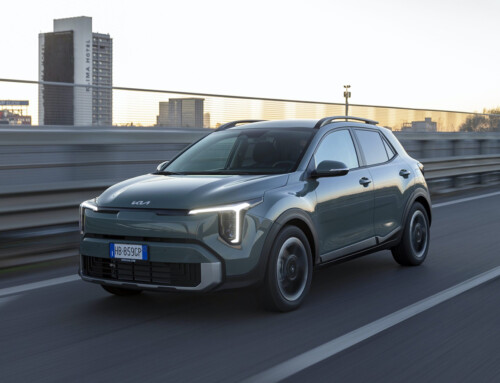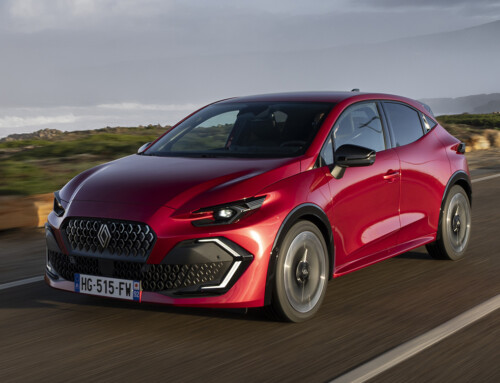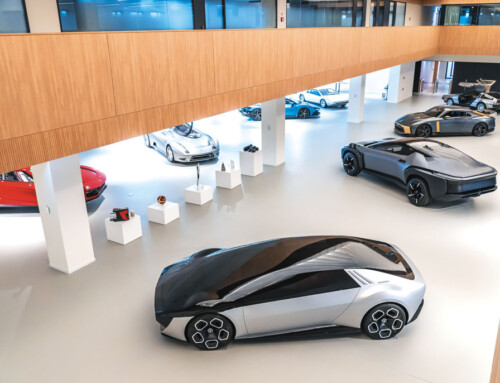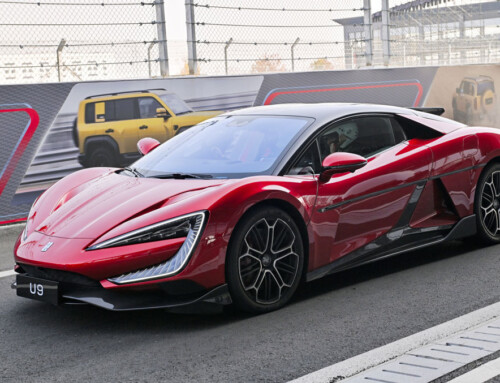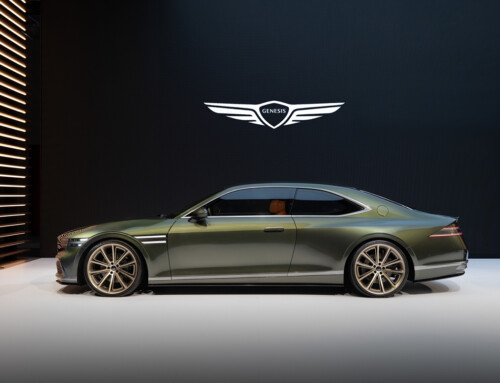The request was precise: Renault’s flagship would have to intercept new tastes, a new audience and propose user-friendly tech solutions. ‘That’s how the Rafale was born: our top of the range car is a D-segment coupe SUV with characterful lines that appeals to people who want an important car, but don’t need seven seats: for that we have the Espace, which is the same length but has a different function,’ explains Agneta Dahlgren, EV Design Director at Renault.
The designers have focused on a sporty car body, thanks to a roof line that descends quickly to the rear, but the real difference is in the details. The front grille exists in two shades of colour, blue or grey, and once you get into the car you are greeted by a short sound, a kind of welcome sound that was studied and developed by French composer Jean-Michel Jarre: “It offers a new feeling that smells of the future, but the surprises are not over. When you approach the car at night, the Alpine trim logo in the backrest lights up: the wow effect is provided by the perforated Alcantara that is 60 per cent recycled and in the Rafale replaces classic leather,” Agneta Dahlgreen continues.
In our test drive on the streets of Seville, the Rafale expressed its best qualities: a certain dynamism, guaranteed by the four-wheel steering, and low fuel consumption, thanks to the 200 horsepower full hybrid engine. Later this year, the Rafale will also arrive in a plug-in hybrid variant with 300 horsepower and all-wheel drive. “Rafale is a powerful illustration of the new styling language. It echoes its DNA in its generous curves, treated with great precision, combined with taut lines and technical details that give it character and refinement. With its unprecedented style, quality of execution and proportions, Rafale asserts its power and personality on the road,” said Gilles Vidal.
The interior is rather sporty, especially the Alpine version which has contrast stitching in the colours of the French flag. The multimedia system is the Open R with its L-shaped display layout: the infotainment one is vertical, the instrumentation one is horizontal and positioned in front of the driver. The difference here is made by Google, on which the infotainment system is based: fast and intuitive, the system echoes the graphics of our smartphones as well as the apps. The most convenient? Google Maps with traffic and real-time updates.


